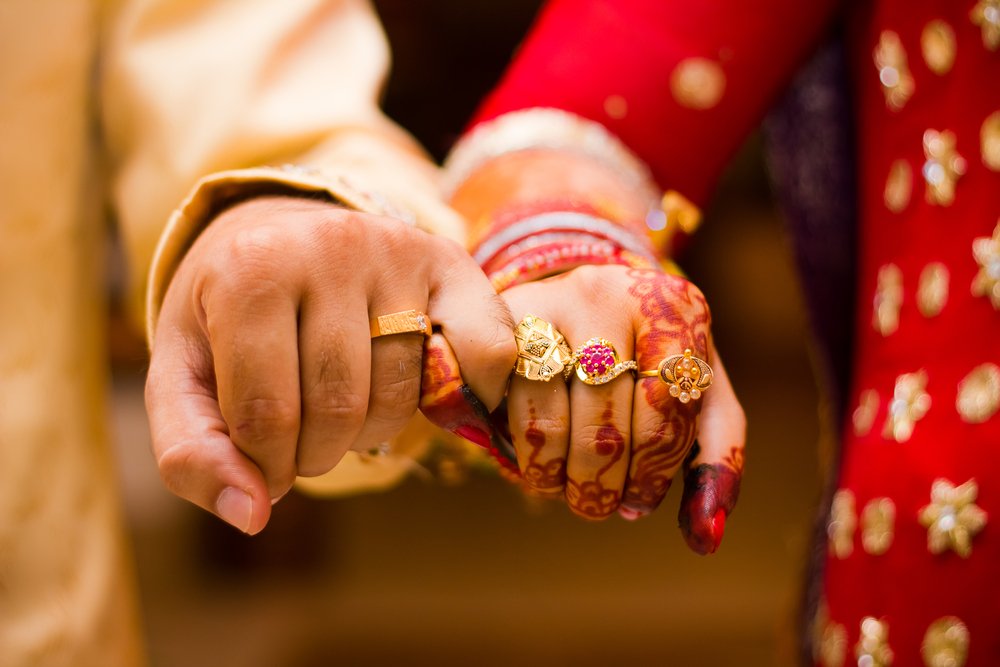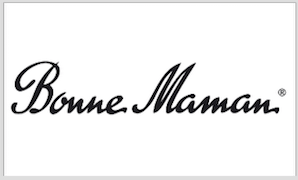Indian weddings are full of rich, cultural rituals that are historically meaningful. It is often these cultural aspects of an Indian wedding that make them so eloquent. As many of the traditions are passed down from ancestors, it links couples to their cultural identity. To honor Indian wedding traditions, here are a few practices that make this wedding style so unique and beautiful.

The Wedding Date Is Determined By Astrology
A Pandit (priest) will select a wedding date based on a couple’s birthdates and astrological positioning of the planet and stars. The ceremony includes a gautra where the couple’s lineage is announced from several generations back to ensure neither the groom or the bride are from the same family origin which is illegal under Hindu law.
Indian Weddings Last For Days
Indian weddings are multi-day events that are ceremonial in nature. From Mehendi hands and feet painting to ceremonial preparations, the pre-wedding, ceremony, and post-wedding celebration ensures that the guests in attendance will enjoy the festivities.
Pre-Wedding Event
The pre-wedding event includes preparations for the wedding and a pre-wedding sangeet (party) where both families meet and get to know one another. The Pandit will also say a prayer during the pre-wedding event to ensure that the couple has a long, happy marriage.
Mehendi Ceremony For The Bride
The day before the marriage, the Mehendi ceremony takes place where the bride’s hands and feet are applied with intricate henna designs which will take several hours to finish.
Wedding Ceremony Rituals
On the wedding day, a mandapa (alter) is built. The bride’s mother welcomes her soon to be son-in-law by washing his feet and making an offering. The groom will wear the ceremonial dress of a turban with a flower veil to ward off evil. The bride’s sister will take his shoes during the ceremony where the groom must bribe her to return them.
Parents Give The Bride Way
The bride’s family officially gives the bride away before the wedding and will not eat food to signify purity. The groom’s scarf and the bride’s saree are then tied as a symbol of unity. Elders also tie a necklace around the couple’s necks to ward off evil.
The Mangala Sutra
The groom performs a Mangala Sutra ceremony in lieu of a ring celebration by tying a necklace with gold pendants around the bride’s neck with three knots that bind her soul to his for a century. The necklace also signifies she is a married woman.
- A Mangal Pheras ceremony is also performed by the bride and groom by circling the sacred fire in the middle of the mandapa four times to represent artha, dharma, moksha, and kama. They then try to be the first to get to their seats to signify who rules the house.
- Finally, the groom assists the bride as she touches seven betel nuts while they recite seven vows together. Then, seven married women from the bride’s family whisper blessings in the bride’s ear. Her brothers then carry her out of the ceremony.
If you are having a traditional Indian wedding, visit our website for wedding décor and favors. Do not forget to also look at our Indian theme invites where you can personalize yours here.








